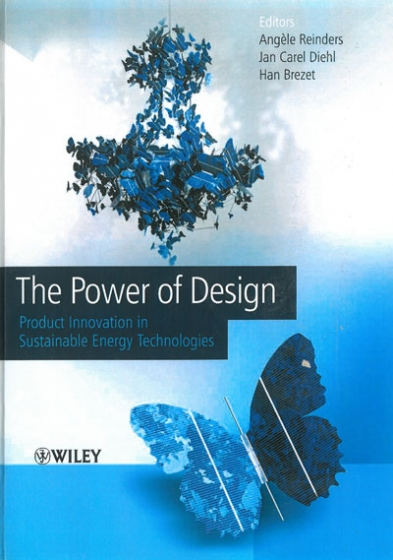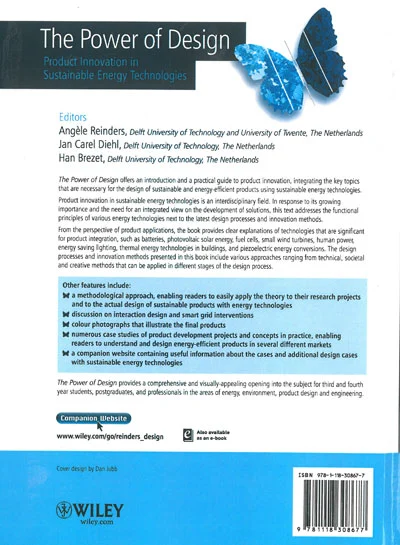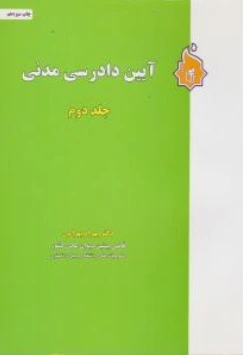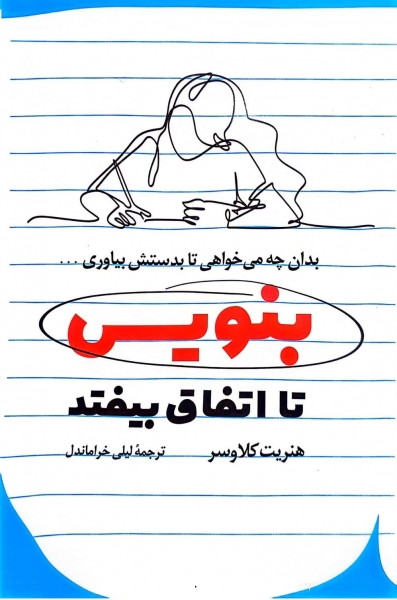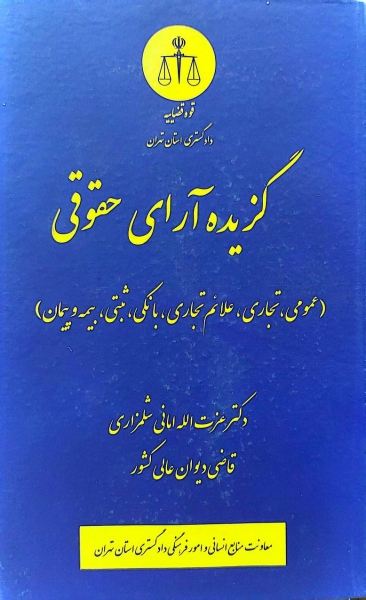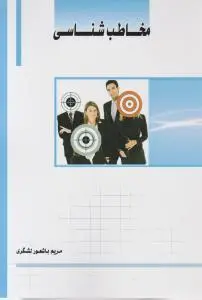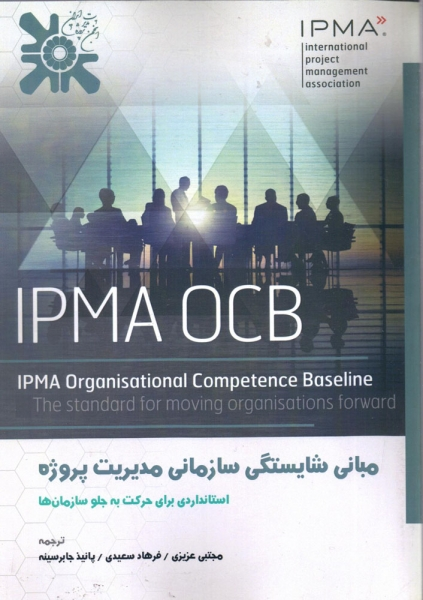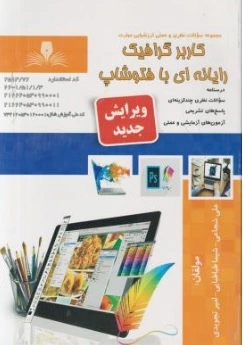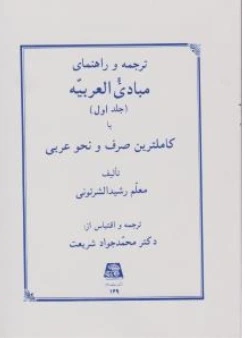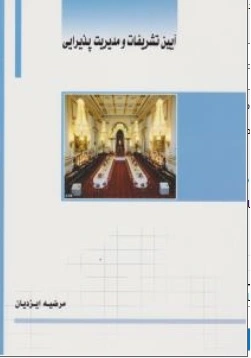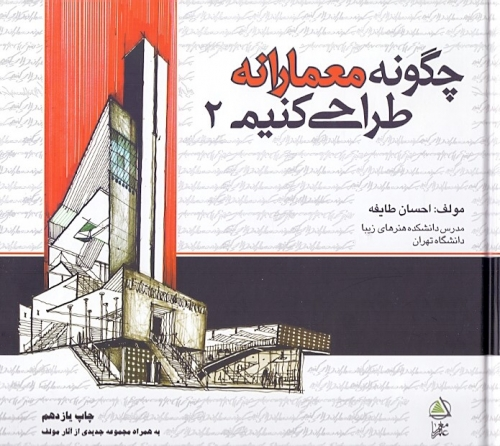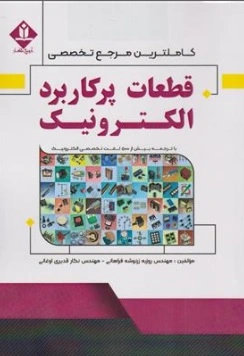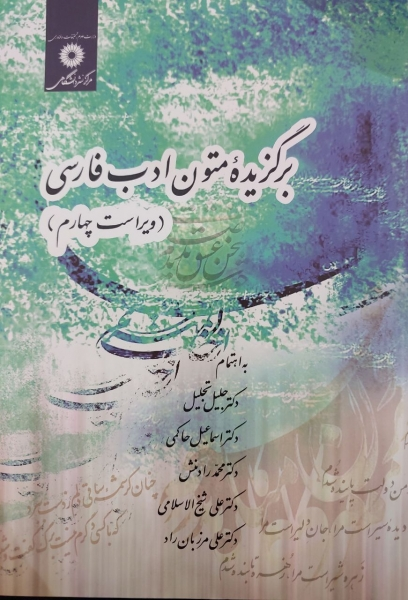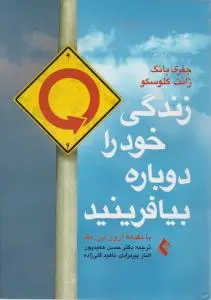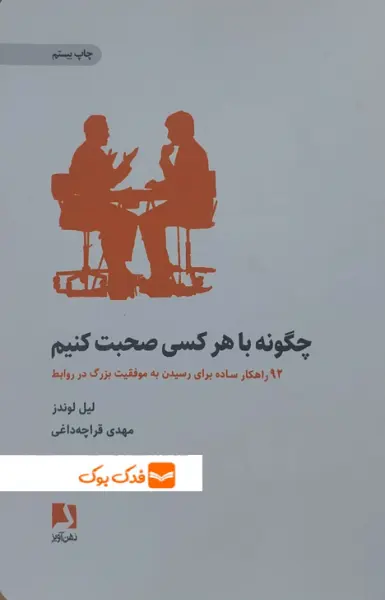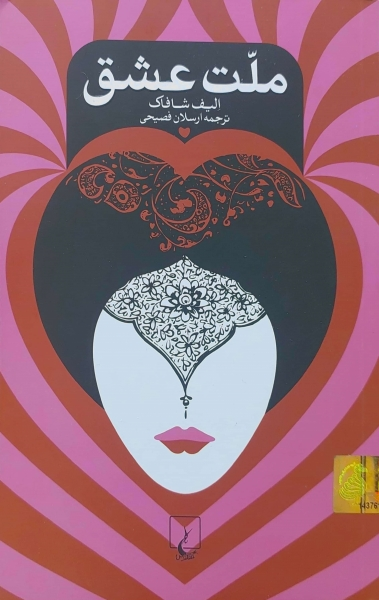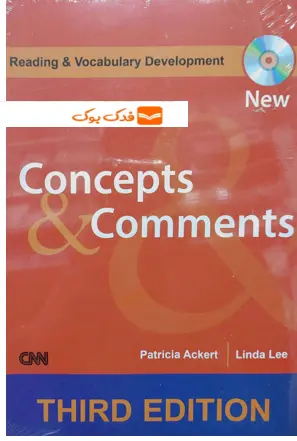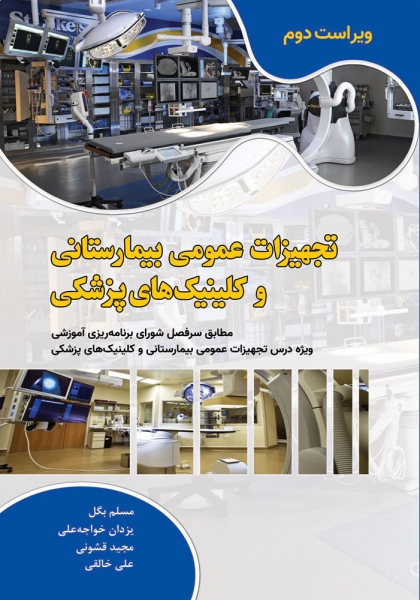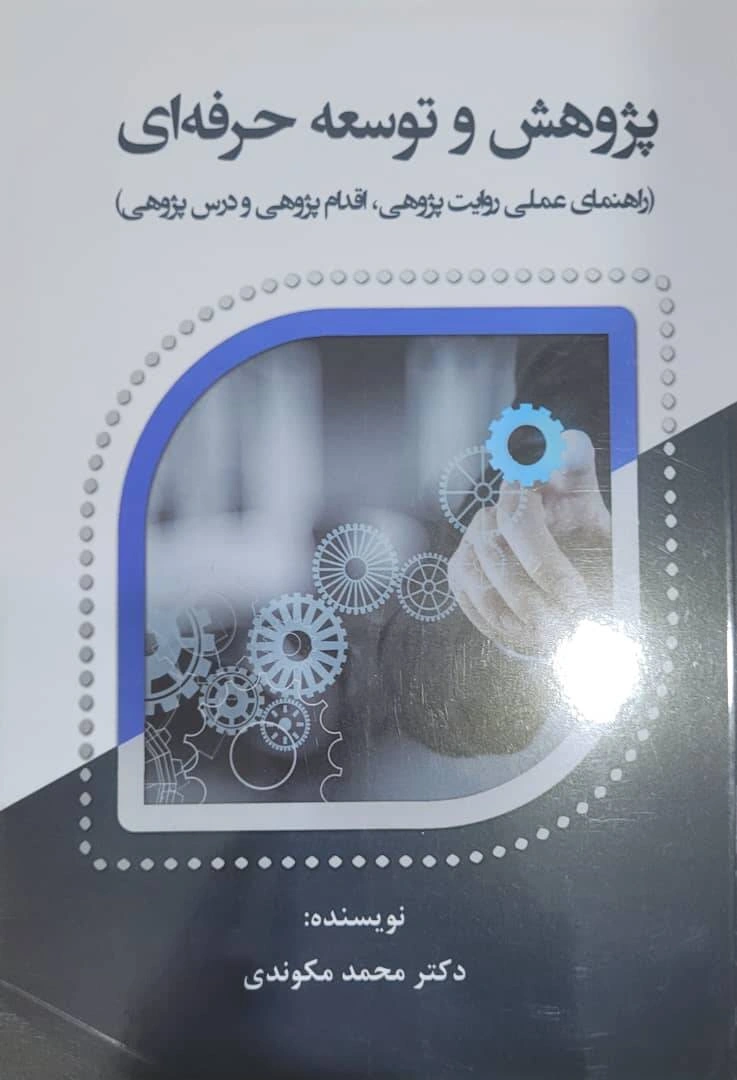Preface
The development of sustainable energy solutions needs an integrated view. Therefore, with
The Power of Design we intend to fill a void in existing literature at the intersection of innovation
processes, sustainable energy technologies, product development, and user behavior.
As such, we aim to offer a unique publication in “product innovation in sustainable energy
technologies and energy efficiency” to support recent and new developments in this growing
field of industrial design engineering and research.
Many publications have been written about product design and innovation, sustainable
energy technology, or user interaction. However, a book that integrates these topics and that
fulfills my own need to transfer knowledge to students as an educational instructor and
research supervisor in the field of industrial design engineering has not yet existed.
So far books that relate to sustainable product design usually cover the design process and
the sustainability of products in relation to their potential environmental effects. Other publications
on sustainable design supply information about green buildings, architecture, urban
planning, and ecological landscapes, whereas our interest typically focuses on products –
ranging from consumer products and vehicles to building components – but not the building
as a whole.
Apart from this, existing books on product innovation tend to focus on innovation management
and didn’t cover our need for information and theories that could enhance creativity
and innovation inside the design process. If we look at publications about sustainable energy
technologies, it can be concluded that they provide information about the physical functioning
of the technologies and systems’ engineering, whereas the integration of these technologies
in products and situations is hardly covered.
Summarizing, we could not identify a book that touches the integration of sustainable
energy technologies in a product context and the related entwining of product shaping and
styling, user experiences, financial aspects, environmental impacts, and the eventual manufacturing,
and application of these products.
Therefore, we decided to develop and write such a book based on past experiences with
courses and projects in the field of industrial design engineering at University of Twente and
Delft University of Technology. For the reasons mentioned in this preface, we hope to fill a
void in the existing literature on the application of sustainable energy technologies in a product
context.
Due to the book’s methodological approach, the reader will be able to apply its information
and examples to his or her own research projects or product design processes. Therefore,
you could consider this work as a reference and practical guide. The work particularly targets
third- and fourth-year students and postgraduates in energy and environment and product
design and engineering programs, as well as master’s students studying industrial design
engineering, manufacturing engineering, sustainable energy technology, environmental engineering,
mechanical engineering, and electrical engineering. In addition it could be a practical
guide for academic staff members involved in research, industrial design engineers,
engineers in industry related to product development in sustainable energy technologies,
consultants in the field of product development and sustainable energy, and architects.
We wish that the information and examples offered by The Power of Design will inspire
the reader and initiate enthusiasm about the application of sustainable energy technologies in
a product context, because we are looking forward to new and innovative products with integrated
energy solutions that will reduce energy impacts in this Carbonaceous era of human
history.
Ang_ele Reinders
Professor of Energy-Efficient Design
Design for Sustainability Program
Delft University of Technology
Department of Design, Production and Management
University of Twente
Contents
Preface xiii
Foreword xv
Acknowledgements xvii
About the Editors xix
About the Contributors xxi
1 Introduction: Challenges at the Crossroads of Energy and Design 1
Ange`le Reinders and Jan Carel Diehl
1.1 Introduction 1
1.2 Energy Issues: A Brief Explanation 2
1.3 Sustainable Energy and Product Design 6
1.4 Industrial Design Engineering 10
1.5 Design for Sustainability (DfS) 13
1.6 Energy Challenges at the Base of the Economic Pyramid 17
1.7 Reading This Book 18
References 19
2 Innovation Methods 21
2.1 Introduction to Innovation Methods in Design Processes Ange`le Reinders 21
2.1.1 Introduction 21
2.1.2 Platform-Driven Product Development 24
2.1.3 Delft Innovation Model 25
2.1.4 TRIZ 27
2.1.5 Technology Roadmapping 29
2.1.6 Design and Styling of Future Products 31
2.1.7 Constructive Technology Assessment 32
2.1.8 Innovation Journey 33
2.1.9 Risk-Diagnosing Methodology 34
References 36
2.2 Platform-Driven Product Development 37
Johannes Halman
2.2.1 Introduction 37
2.2.2 Definitions 37
2.2.3 The Creation of Platform-Based Product Families 39
2.2.4 The Platform-Planning Process 42
2.2.5 Modular versus Integral Product Architectures 44
2.2.6 Measuring the Performance of Product Families 47
2.2.7 Managing Risk in Platform-Based Development 49
2.2.8 Application of Platform-Driven Product Development 49
References 51
2.3 Delft Innovation Model in Use 51
Jan Buijs
2.3.1 Introduction 51
2.3.2 Stages of the Delft Innovation Model 53
2.3.3 Concluding Remarks on the Delft Innovation Model 57
2.3.4 Applying the Delft Innovation Model in Real Life 59
2.3.5 Reflections on the Delft Innovation Model in Practice 62
References 64
2.4 TRIZ: ATheory of Solving Inventive Problems 64
Valeri Souchkov
2.4.1 Introduction 64
2.4.2 Components of TRIZ 65
2.4.3 Contradiction as a Driving Force of Invention 65
2.4.4 Five Levels of Solutions 68
2.4.5 Evolution of Technical Systems 69
2.4.6 Ideality 70
2.4.7 Trends of Technical Systems Evolution 71
2.4.8 Science for Inventors 72
2.4.9 Analytical Techniques 74
2.4.10 Psychological Inertia and Creativity 76
2.4.11 Practical Value of TRIZ 76
2.4.12 Application of TRIZ 78
References 79
Further Reading 79
2.5 Technology Roadmapping 80
Valeri Souchkov
2.5.1 Introduction 80
2.5.2 Technology Roadmaps 81
2.5.3 Technology Readiness Levels 84
2.5.4 TRM Process 85
2.5.5 Benefits from TRM 87
2.5.6 Application of TRM 87
References 89
Further Reading 89
2.6 The Design and Styling of Future Things 89
Wouter Eggink
2.6.1 Introduction 89
2.6.2 Communication 91
2.6.3 Acceptance 93
2.6.4 Method 95
2.6.5 Examples 96
2.6.6 Conclusions 98
References 99
Further Reading 99
2.7 Constructive Technology Assessment 100
Stefan Kuhlmann
2.7.1 Introduction 100
2.7.2 New Attention for the Design and Governance of Science,
Technology, and Innovation 101
2.7.3 Constructive Technology Assessment 102
2.7.4 Governance: CTA and Design in an Institutional Context 104
2.7.5 CTA as a Dance: Strategic Intelligence 106
2.7.6 Limits to CTA and Reflexive Governance of Technology Design 107
2.7.7 Application of CTA 108
References 110
2.8 Innovation Journey: Navigating Unknown Waters 112
Stefan Kuhlmann
2.8.1 Introduction 112
2.8.2 Method 113
2.8.3 Discussion about Innovation Journeys 114
2.8.4 Example from Practice 115
References 117
2.9 Risk-Diagnosing Methodology 117
Johannes Halman
2.9.1 Introduction 117
2.9.2 Requirements for an Effective Risk Assessment 118
2.9.3 The Risk-Diagnosing Methodology (RDM) 119
2.9.4 Added Value of RDM 125
Appendix 2.9 Reference List with Potential Risk Issues
in the Innovation Process 126
References 129
2.10 A Multilevel Design Model Clarifying the Mutual Relationship between New Products and Societal Change Processes 130
Peter Joore
2.10.1 Introduction 130
2.10.2 A Multilevel Design Model 130
2.10.3 Example Based on the Development of an Electrical
Transport System 133
2.10.4 Benefits for the Design Process 136
2.10.5 Conclusions 137
References 138
3 Energy Technologies 139
3.1 Introduction 139
3.2 Rechargeable Batteries for Energy Storage 140
Joop Schoonman
3.2.1 Introduction 140
3.2.2 Rechargeable Batteries 141
3.2.3 Lithium Batteries 143
3.2.4 Electric Vehicles 147
References 148
3.3 Photovoltaics and Product Integration 149
Ange`le Reinders and Wilfried van Sark
3.3.1 Introduction 149
3.3.2 PV Cells 150
3.3.3 Irradiance and PV Cell Performance 153
3.3.4 Rechargeable Batteries 156
3.3.5 System Design and Energy Balance 156
3.3.6 Design and Manufacturing of Product-Integrated PV 159
3.3.7 Conclusions 159
References 163
Further Reading 164
3.4 Fuel Cells 164
Frank de Bruijn
3.4.1 Fuel Cell Principles and Characteristics 164
3.4.2 Comparison of Fuel Cell Types 165
3.4.3 Key Characteristics of Fuel Cells 167
3.4.4 Cost 171
3.4.5 Fuel Cell Applications and Basic Requirements 173
3.4.6 Passenger Vehicles 173
3.4.7 City Buses 173
3.4.8 Materials Handling 175
3.4.9 Portable Applications 175
3.4.10 Stationary Fuel Cells: Backup Power 176
3.4.11 Stationary Fuel Cells: Base Load Power 176
3.4.12 Stationary Fuel Cells for Combined Heat and Power Generation 176
3.4.13 Conclusions 177
References 177
3.5 Small Wind Turbines 178
Paul K€uhn
3.5.1 Introduction 178
3.5.2 Turbine Size and Applications 178
3.5.3 Turbine Design and Technology 180
3.5.4 Performance 182
References 186
3.6 Human-Powered Energy Systems 186
Arjen Jansen
3.6.1 Introduction 186
3.6.2 The Human Body as a Power Source 188
3.6.3 Kinetic Energy Formulas: From General Models to Specific
Models 190
3.6.4 The Design of Human-Powered Energy Systems 192
3.6.5 Environmental Aspects of Human-Powered Energy Systems 194
References 196
Further Reading 196
3.7 Energy-Saving Lighting 197
Arjan de Winter
3.7.1 Energy-Saving Lighting 197
3.7.2 Lighting Applications 198
3.7.3 Light Source Design: Efficacy 201
3.7.4 Luminaire Design: Optical and Electrical Efficiency 203
3.7.5 Application Design: Effectiveness 204
3.7.6 Conclusions and Looking Forward 206
Further Reading 206
3.8 Energy-Saving Technologies in the Built Environment 206
Bram Entrop
3.8.1 Design and Energy Use in the Built Environment 206
3.8.2 Construction Technologies 207
3.8.3 System Technologies 211
3.8.4 Transcendental Technologies 215
References 217
Further Reading 217
3.9 Piezoelectric Energy Conversions 218
Alexandre Paternoster, Pieter de Jong, Andre´ de Boer
3.9.1 Introduction 218
3.9.2 Piezoelectric Material 218
3.9.3 Power Harvesting 222
3.9.4 Conclusions 227
References 227
4 Using Energy: Beyond Individual Approaches to Influencing Energy Behavior 229
Daphne Geelen and David Keyson
4.1 Introduction 229
4.2 The Changing Roles of End Users and Residents in the Energy Provision System 230
4.3 Stimulating Energy Behavior Change in Current Design Practice 231
4.3.1 Design Strategies to Stimulate Behavior 231
4.3.2 Interaction Design 232
4.3.3 Collaborating on Energy Management 232
4.4 Toward Including Social Interaction and Community-Based Approaches 234
4.5 Approaches to Using Social Interaction in Relation to Energy-Related Behavior 235
4.5.1 Interventions Using Interactions between Participants 235
4.5.2 Games as Means for Social Interaction in a Community 237
4.5.3 Social Interaction in Interaction Design 238
4.6 Conclusions 240
References 240
Case A SolarBear: Refrigeration for the Base of the Pyramid through Adsorptive Cooling 243
Leonard Sch€urg, Jonas Martens, Roos van Genuchten and Marcel Crul
A.1 Introduction 243
A.1.1 The Need for Off-Grid Refrigeration in BoP
Small-Scale Businesses 243
A.1.2 Existing Cooling Solutions 244
A.2 The SolarBear Approach 244
A.2.1 Market Opportunities Research 244
A.2.2 Technical Opportunities Research and Prototyping 244
A.2.3 Market Development in India 244
A.3 Results of the First Cycle of Product Development: Proof of
Concept and Market 245
A.3.1 First Prototype 246
A.3.2 Second Prototype 247
A.3.3 Product-Service System Development for SolarBear
in Lakshmikantapur, India 247
A.4 Future Work: AWorking Prototype and Further Development
by Enviu 250
References 252
Case B Environmental Impact of Photovoltaic Lighting 253
Bart Durlinger
B.1 Introduction 253
B.2 The Lighting Systems 256
B.2.1 System 1: Angkor Light 256
B.2.2 System 2: Moonlight 256
B.2.3 System 3: Solar Home System 256
B.2.4 System 4: Light Delivered by Battery (Charged at
Charging Station, Using Diesel) 257
B.2.5 System 5: CFLs and Electricity from the Grid 259
B.2.6 System 6: Kerosene Lamp 259
B.3 Environmental Impacts and Discussion 261
B.4 Conclusion 262
B.5 Acknowledgments 262
References 262
Case C Restyling Photovoltaic Modules 263
Michael Thung
C.1 Introduction 263
C.2 Analysis Phase 265
C.3 Design Phase 267
C.4 The “Flower Cell” 269
C.5 Prototyping 270
C.6 Test Results 272
C.6.1 H Cell versus Flower Cell 272
C.6.2 Redesigned PV Modules 274
C.6.3 Expected Costs 274
C.7 Conclusions 274
Reference 275
Case D Selection of Power Sources for Portable Applications 277
Bas Flipsen
D.1 Introduction 277
D.2 An Overview of Selection Strategies 278
D.2.1 Power Source Selection Tools 278
D.2.2 Application Selection Tools 280
D.2.3 Designing Alternative Power Sources 280
D.2.4 Optimizing Tools 282
D.2.5 Discussion 283
D.3 Power Source Selection Tool Method 283
D.3.1 First Approach 283
D.3.2 Analytical Model for Sizing an FC (Hybrid) System 285
D.3.3 Design of a DMFC Power System for an MP3 Player 286
D.3.4 Evaluation of the Model 288
D.3.5 Modification of the Model 291
D.4 Conclusion and Discussion 292
References 292
Case E Design of a Solar-PoweredWireless Computer Mouse 295
Wilfried van Sark and Nils Reich
E.1 Introduction 295
E.2 Product Design Process 296
E.2.1 Focus Group Research 296
E.2.2 Energy Balance Scenarios 297
E.2.3 Design Criteria 299
E.3 Component Selection 300
E.3.1 Battery Unit 300
E.3.2 PV Cell 300
E.3.3 Encasing 301
E.3.4 Charge Controller 301
E.4 Final SPM Product 302
E.4.1 SPM Specifications 302
E.4.2 SPM User Tests 303
E.5 Conclusion 304
E.6 Acknowledgments 305
References 305
Case F Light Urban Mobility 307
Satish Kumar Beella, Sacha Silvester and Han Brezet
F.1 Introduction 307
F.2 Background 308
F.3 Mobility and Design 309
F.4 Role and Importance of Energy 310
F.5 Light Urban Mobility 310
F.5.1 Urban Mobility Concept 311
F.5.2 MeeneemFiets 312
F.5.3 Bull 312
F.6 Conclusions 314
References 315
Case G From Participatory Design to Market Introduction of a Solar Light for the BoP Market 317
Jan Carel Diehl and Jeroen Verschelling
G.1 Introduction 317
G.2 Methods 318
G.2.1 Project Setup 318
G.2.2 Participatory Market and Context Research 318
G.2.3 Participatory Field Research: User Needs 319
G.2.4 Technological Challenges 320
G.2.5 Co-Development 321
G.3 Results 322
G.4 Feedback from the Field 322
G.5 Market and Business Considerations 323
G.5.1 Costs 323
G.5.2 Challenges with Market Implementation 323
G.5.3 A “Rent-to-Own” Business Model 324
G.6 Discussion 325
References 326
Index 327


